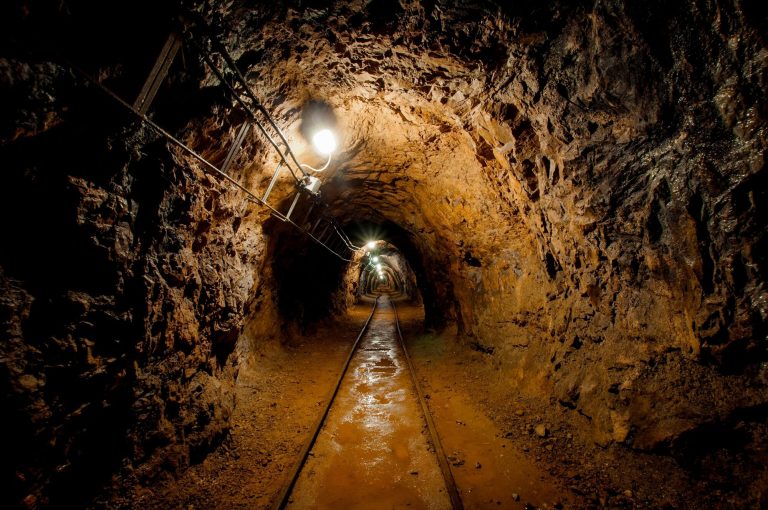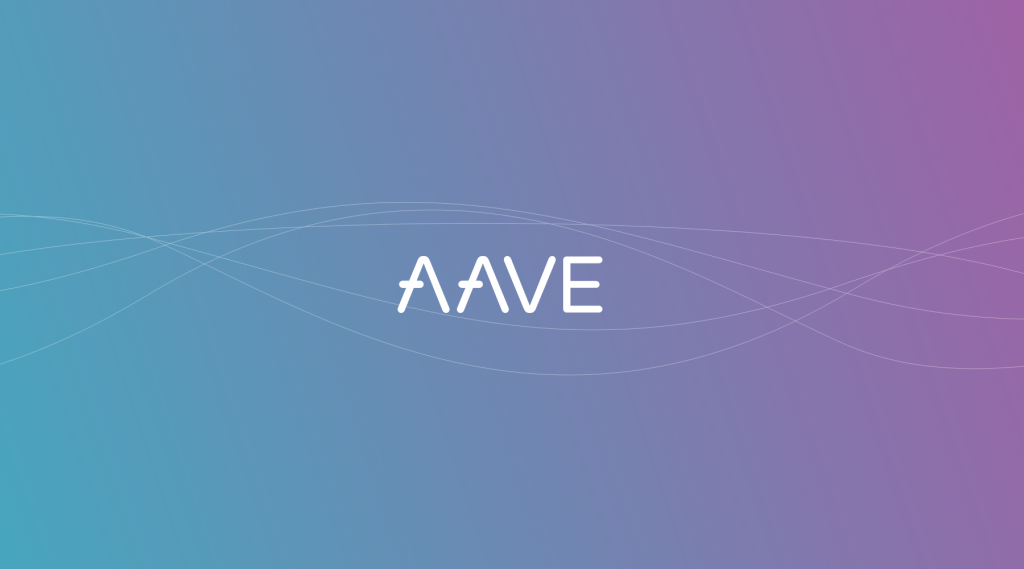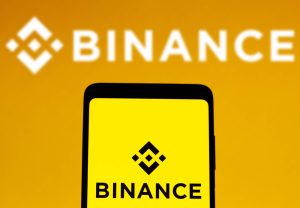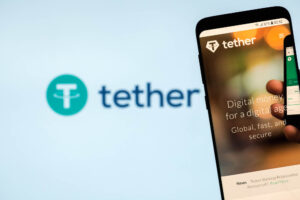In blockchain technology, mining is the process by which new transactions are verified and added to the blockchain. It is an essential component of blockchains that use the Proof of Work (PoW) consensus mechanism such as Bitcoin. It enables decentralised verification of transactions and promotes the integrity of the blockchain.
Mining involves solving complex mathematical puzzles or algorithms to validate the legitimacy of transactions. Participants, known as miners, compete with each other to solve these puzzles. The first miner to successfully solve the puzzle is granted the right to verify the transactions, add them to the blockchain as a new block, and receive a monetary benefit in the form of a reward in the blockchain's cryptocurrency.
The purpose of mining-based transaction verification
As well as confirming new transactions, it also contributes to the security of the network. Since solving the puzzles requires significant computing power, it becomes difficult and costly for potential attackers to manipulate the blockchain. It would be necessary to manipulate the entire transaction history, as changing one block would require re-mining all subsequent blocks, which is practically infeasible.
However, mining requires specialised hardware and significant energy consumption. As a result, some blockchain networks have introduced alternative consensus mechanisms, such as Proof of Stake (PoS), where mining is replaced by locking a certain amount of cryptocurrency, known as the «stake». The different consensus mechanisms achieve the same goal of adding transactions to the growing blockchain, with slightly different verification procedures.









